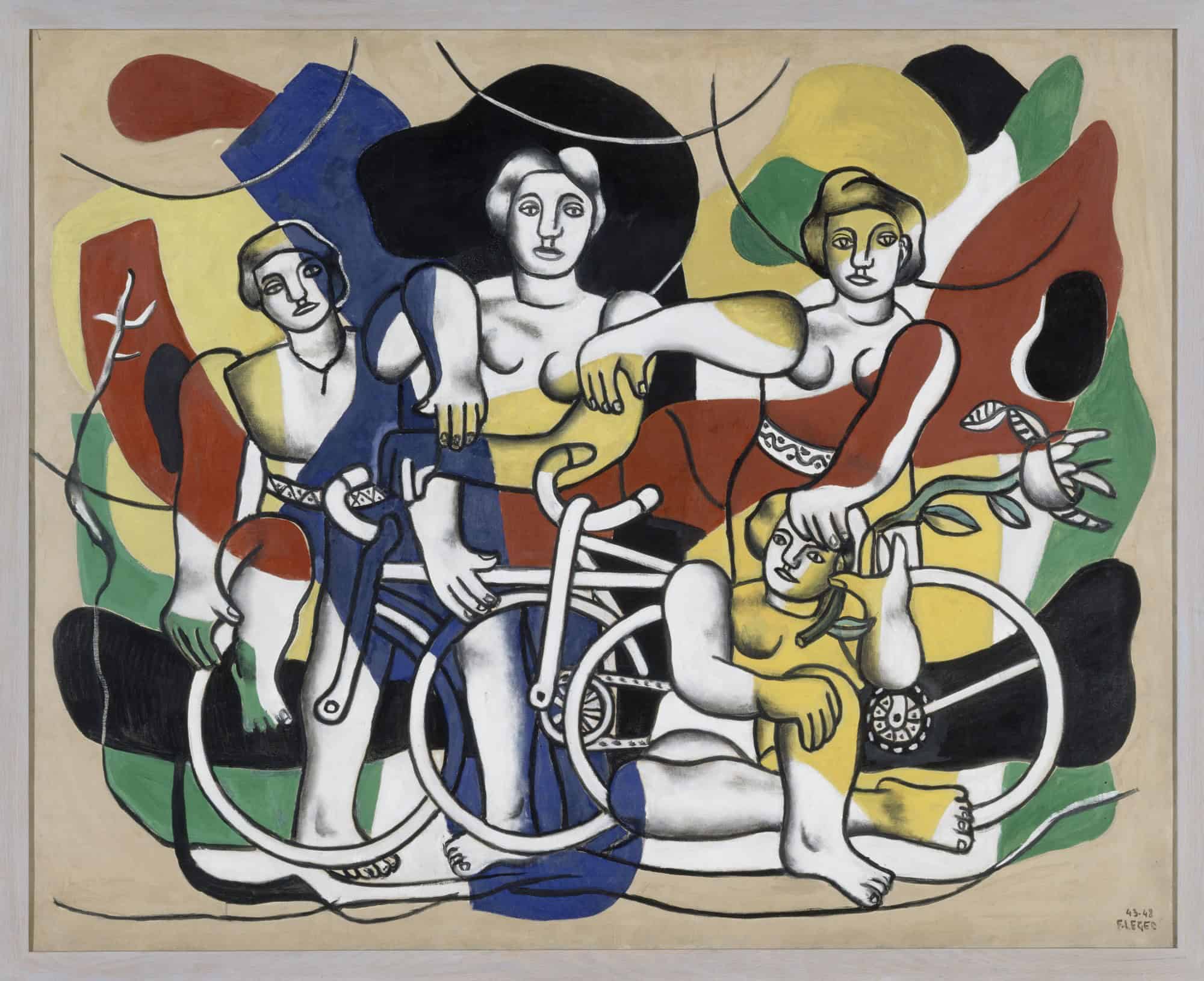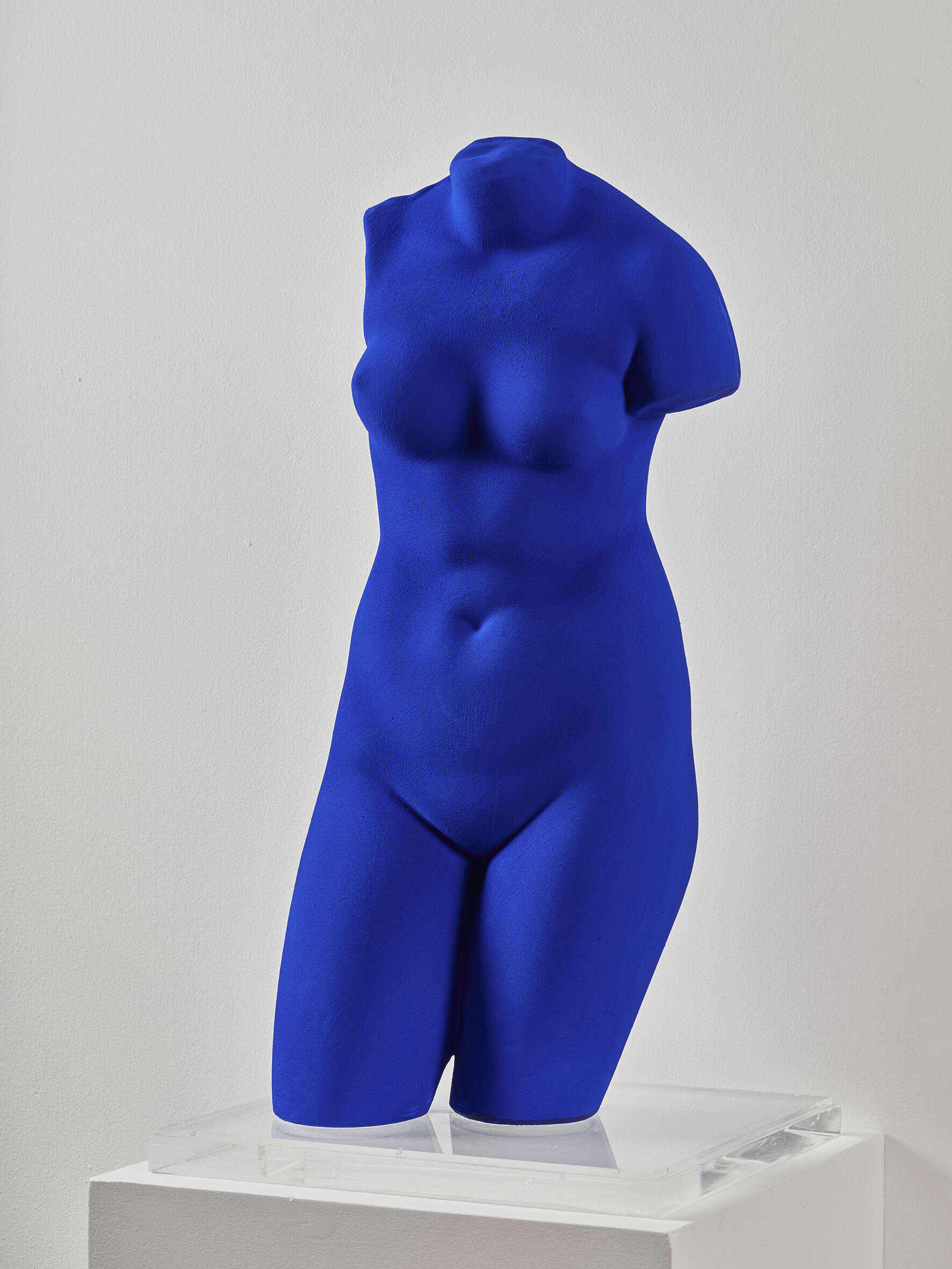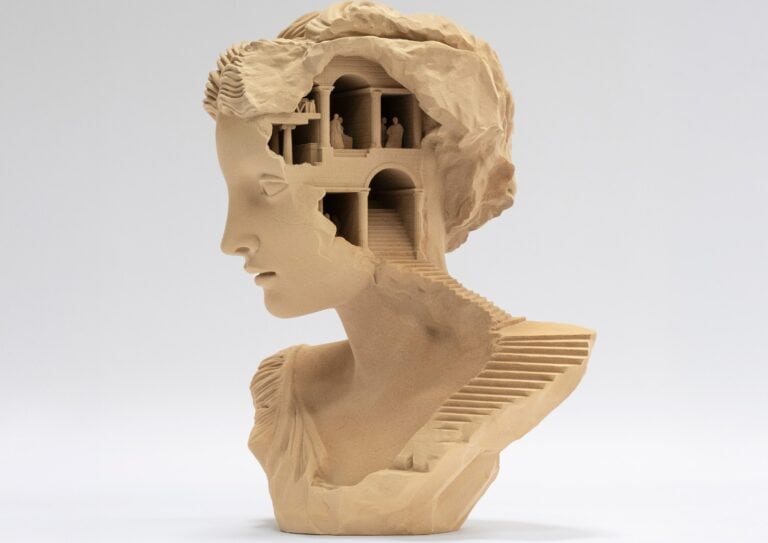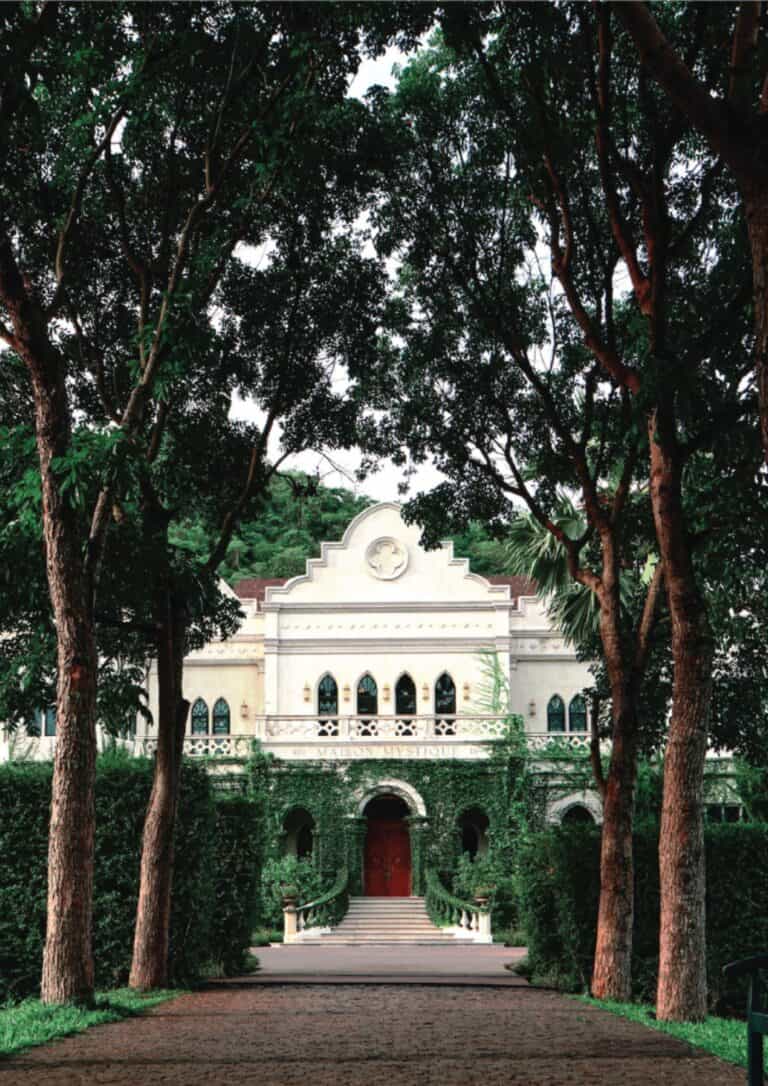
TOUS LÉGER REINVENTS MODERNISM
Marie Loire Moulin
Tous Léger reinvents modernism, not with reverence, but with riot. In the early 1920s, Fernand Léger coined the term “new realism” to rethink how art meets reality. Consequently, today, that legacy transforms again. Through explosive color, sculptural wit, and avant-garde irreverence, modernism gets recast at the Musée du Luxembourg. Clearly, this isn’t a retrospective. It’s a provocation. Because sometimes, transformation begins with looking back and daring to twist it forward.
A COLOR REVOLUTION AND SOCIAL TRANSFORMATION
Léger painted in primaries, but his ideas were anything but basic. Color, for him, was power. It could shift perception. Heal cities. Democratize space. In postwar France, he didn’t just add color to life. He added life to color. Moreover, he believed aesthetics could serve the public.
As a result, murals, mosaics, and modernist joy spilled across facades and hospitals alike.
Importantly, his vision went beyond theory. It was applied modernism, driven by hope. Thus, transformation became both visual and civic.
OBJECTS AS AGENTS OF TRANSFORMATION
The New Realists didn’t just admire Léger. They transformed his ethos into action. Artists like Arman, César, and Niki de Saint Phalle took the banal, a glove, a drawer, a Vénus, and reinvented it. Their approaches varied, but the mission aligned: challenge art hierarchies and elevate the everyday. This wasn’t nostalgia. It was a radical transformation. Even when playful, their work carried critique. After all, the 1960s didn’t just shake culture, they smoldered through it. In their hands, modernism didn’t soften. It burned hotter, messier, and more alive.
REALISM BECOMES RITUAL

Art became a ritual. Performance. Sometimes war. Yves Klein covered women in paint and turned bodies into brushes. Niki de Saint Phalle handed viewers a rifle. Meanwhile, Jean Tinguely’s machines chewed themselves to pieces while an orchestra played silence. Although these acts were theatrical, their urgency was real. Clearly, they weren’t just aesthetic games. They were confrontations. Thus, realism stopped being a lens and became a stage.
In this alchemy, modernism reinvented itself as experience.
LÉGER’S TRANSFORMATION INTO THE POP FUTURE
Léger never made it to Instagram. But his DNA is everywhere. Keith Haring, deep in the subway, cited him as a guiding force. Robert Indiana transformed bold lettering into protest. May Wilson, meanwhile, reinvented domestic debris as sculptural code. Together, they didn’t just follow Léger, they transformed him. In their hands, he reinvents modernism through new languages: graffiti, signage, satire, and spirit. Importantly, they proved that modernism is not a relic. Instead, it is a living transformation, still evolving, still disruptive, still vividly in motion.

REALISM REFRAMED, AGAIN
So what does Tous Léger ! Teach us in 2025? That realism isn’t static. That gestures evolve. That art, when it dares to touch life. And life, when it dares to become art, still matters. And perhaps, above all, the beautiful is not only in museums, but in kitchens, corners, and contradictions.
Did you enjoy Tous Léger reinvents modernism? For another bold riff on form, see how Clinamen transforms into a visual symphony
Share this post
Marie Loire Moulin approaches fashion as an immersive language—one that expresses identity, character, and cultural influence. Echoing Jean Cocteau’s observation that “Fashion is what goes out of fashion,” Moulin embraces the paradox at the heart of her craft. For her, fashion is a living, breathing art form—constantly deconstructed, reimagined, and reshaped in response to the world around it.
What fuels Marie Loire’s creativity is the ability to blend worlds—to explore the intersections of fashion, technology, history, and art. She is inspired by how these disciplines collide to generate experiences that are not only visually compelling, but also deeply purposeful.
Moulin is particularly drawn to artistic expressions that serve as bridges—linking cultures, fusing tradition with innovation. Sustainability, for her, is not a buzzword but a foundation. She sees it as a long-term commitment to thoughtful creation, not a passing aesthetic.
As a stylist working with actors on film sets, Marie Loire thrives on transforming a director’s vision into living, breathing characters. Through wardrobe and silhouette, she builds atmospheres that tell stories—stories of emotion, intention, and presence.
Her creative drive extends into virtual reality and immersive art, where she explores how emerging technologies can shift perception and spark connection across cultural boundaries. For Moulin, the digital realm is just another canvas—one that, when used with care, has the potential to resonate as powerfully as the physical world.
Whether on set or in virtual space, Marie Loire seeks originality and depth. Her work is marked by richly layered references, a reverence for detail, and a belief that fashion—at its best—can speak not just to the eye, but to the mind.
Read Next




